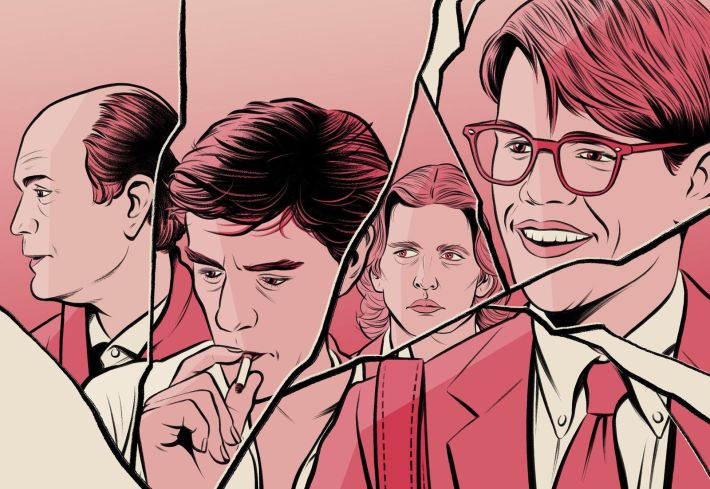Today's instalment of Platform is looking at the work of Tom Humberstone, a comic artist and illustrator currently living in Edinburgh.
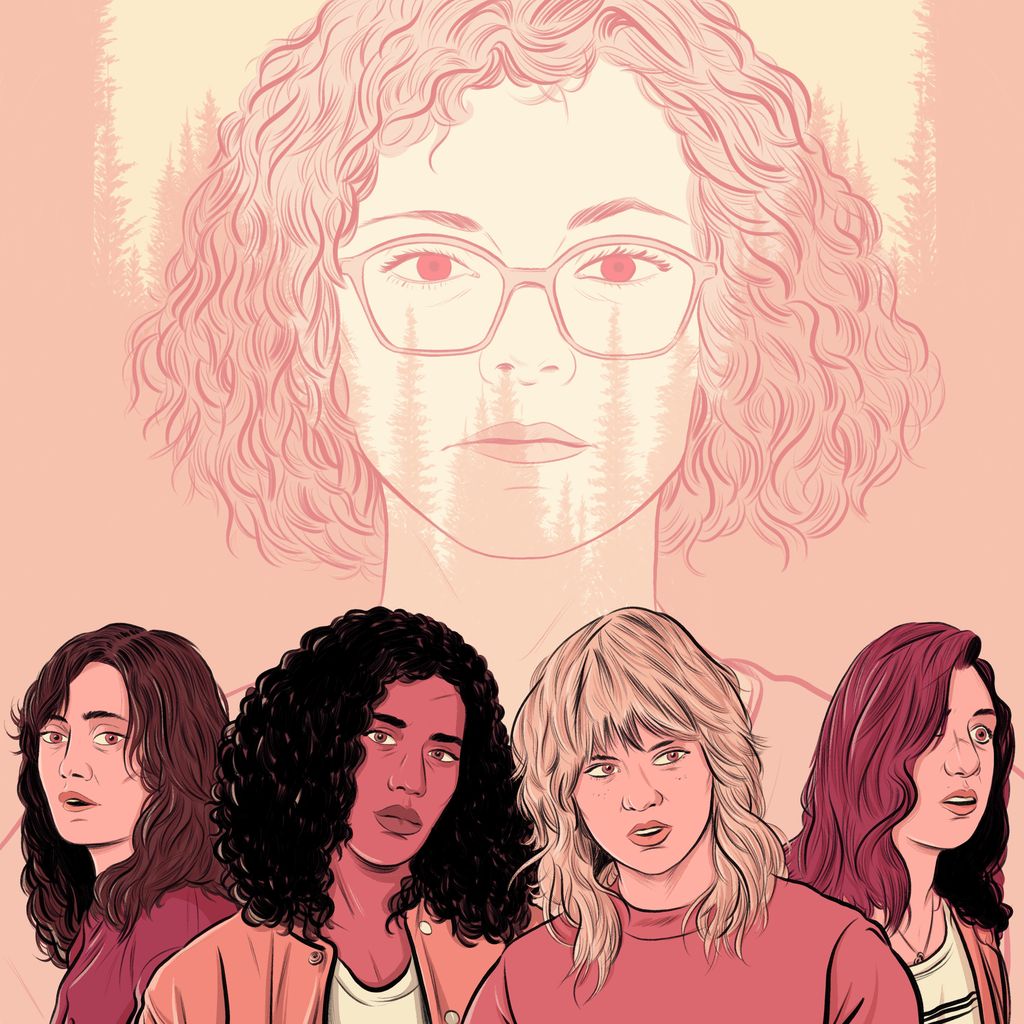
Luke Plunkett: Hi Tom! Can you tell us a little bit about yourself?
Tom Humberstone: I'm a comic artist and illustrator based in Edinburgh, Scotland. I'm also a big horror and film fan and I often write about them in my illustrated newsletter Grave Offerings.
In 2009 I started a UK comics anthology called Solipsistic Pop that I edited, designed and published four volumes of. While I've worked with a variety of writers and publishers, including a Phonogram B-Side with Kieron Gillen for Image Comics, I generally write and draw my own non-fiction comics. The majority of those can be found at The Nib, though I've produced them for various publications like the New Statesman, Vox, Buzzfeed, and The Washington Post. I also like to make poetry comics with the poet Chrissy Williams. We even co-edited a book about the hybrid medium called Over The Line: An Introduction to Poetry Comics.
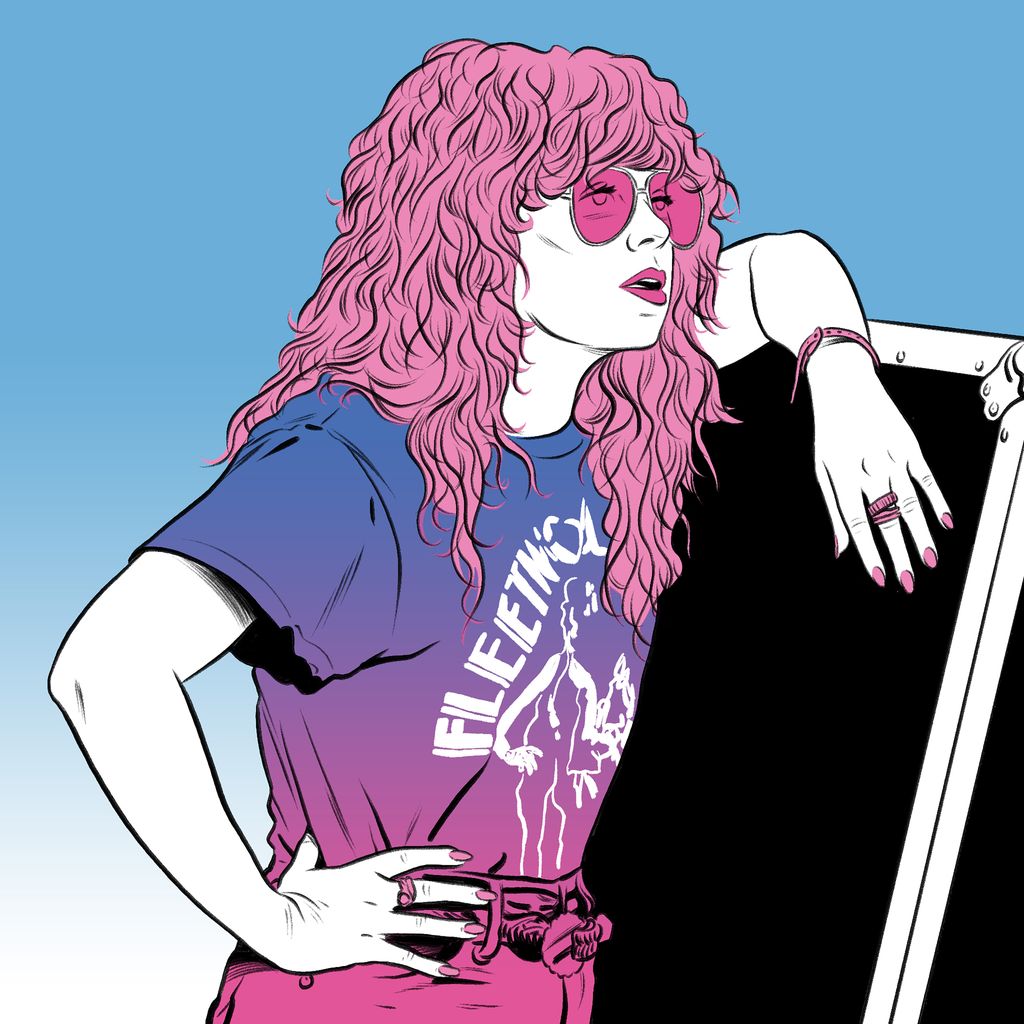
In 2022, I published my debut solo long-form graphic novel - Suzanne: The Jazz Age Goddess of Tennis - a semi-fictionalised biography of Suzanne Lenglen, the French tennis legend who dominated the sport in the 1920s and who revolutionised sport and fashion in the 20th Century.
I'm currently working on my second graphic novel while taking on illustration work.
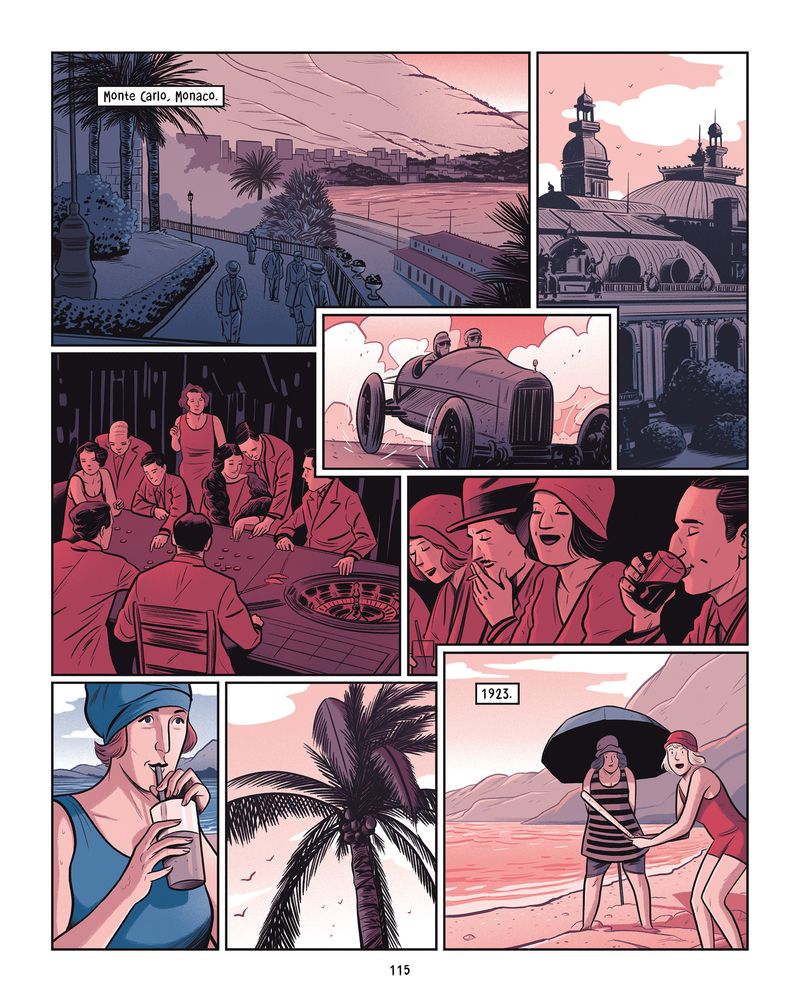
LP: Can you talk a little about your inspirations/style, and the jobs where it's been a good fit? And do you have any particular favourite illustrations you've done lately?
TH: I think style is never something you should aim for or aspire towards. Style is usually something that happens despite the artist, not because of them. Something that happens as a result of some form of artistic failure. But you can definitely see some of my inspirations coming through in my work. In the early years I think I was reading a lot of Clowes, Tomine and Toth and I think a part of me will always be trying to draw like some combination of those three artists. In an attempt to loosen up and integrate more contrast in my work, I've recently been looking at a lot of mid-century illustrators like Mitchell Hooks, Austin Briggs, Ángel Badia Camps, and Maurice Noble.
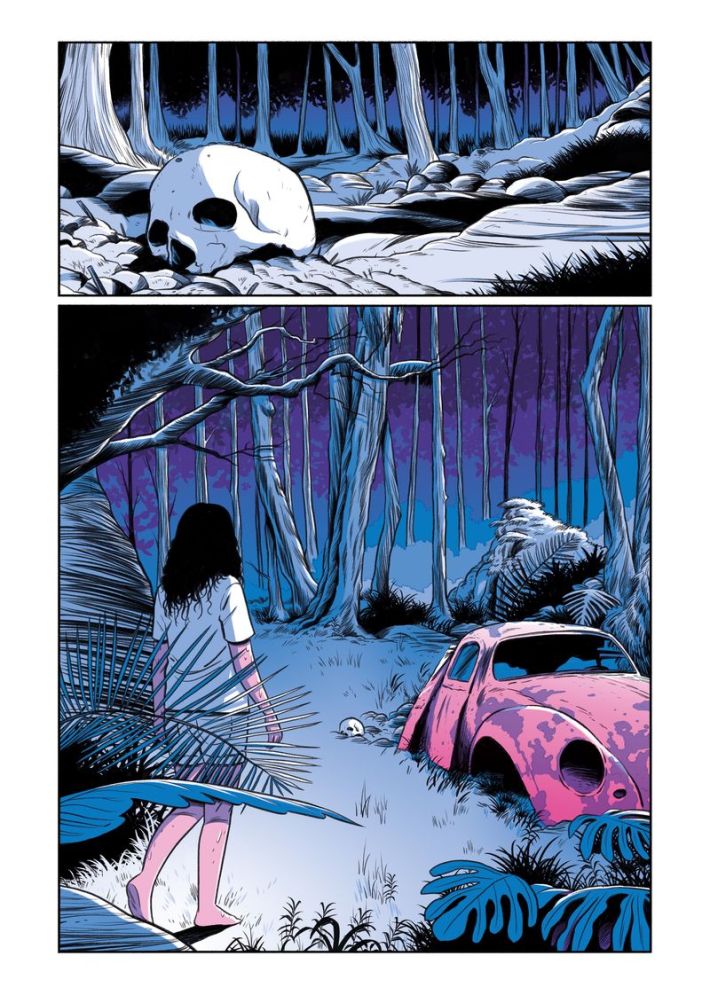
When it comes to my comics work, I think I'm always trying to find a good balance between the cartooning side of it, and my more hyper-realism instincts. I'd love to simplify my shapes and lines and focus more on compositional harmony - the way Eleanor Davis does so beautifully in her work.
I've been enjoying my illustrations for Anna Bogutskaya's Admit One newsletter, and been really happy with some recent illustrations for my own Grave Offerings. I'm also extremely proud of my recent poem comic with Chrissy Williams - Introduction to Charts.
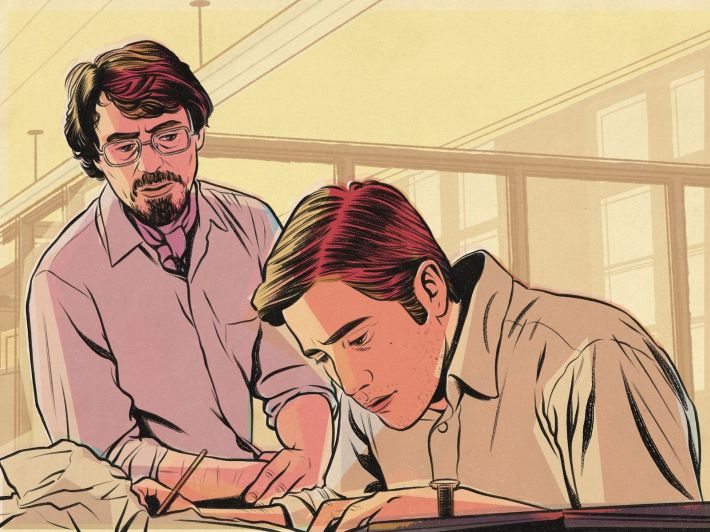
LP: What's the future look like for someone like yourself who has done a lot of illustration work for publications? How has the advent of AI-generated imagery affected the market for that stuff?
TH: It's hard to say for sure but, personally speaking, I think illustration work has definitely slowed down lately. I'm having to focus more on generating my own work and investing more time in long-form comics projects where I can seek arts funding and/or advances from publishers. It used to be that illustration gigs would help pay the rent while I worked on the lower paid comics work. That no longer feels as sustainable as it did.
It can feel pretty grim at times when you see articles about the dangers of AI and the editors have chosen to run a piece of AI art as the illustration instead of paying an artist to do it.
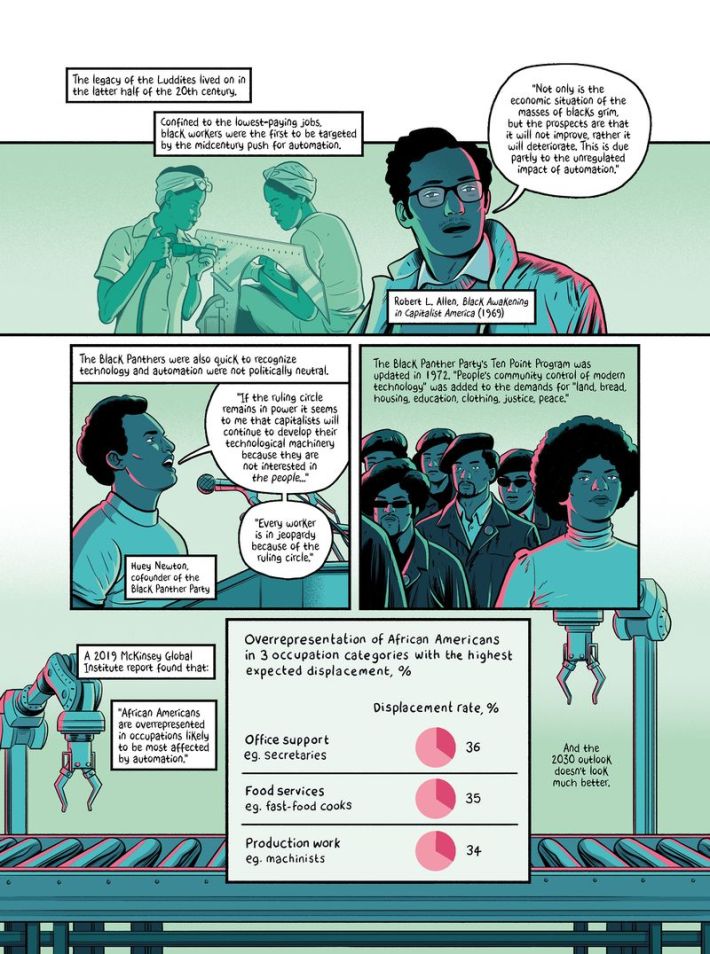
I've made a comic about AI art, automation, and the misunderstood history of the Luddite movement which can be read for free at The Nib. That largely explains how I feel about it all. The technology may not be completely awful, but the way it will be used by companies and capitalism will be. Labour will always be exploited by those with power and I find it maddening how many people seem to actively cheer on/defend this exploitation. We're all slightly buying into the con by even referring to all this as AI. These are unthinking algorithms that use the work of humans without consent, credit or compensation to regurgitate something similar but empty.
The act of making art can be a transformative and powerful thing. Engaging with that art can change the way one sees the world and interacts with it. Art made by humans will always exist but I think we're making it harder for people of all classes and backgrounds to make a living doing it. I worry that our lives will be made a lot poorer by letting this happen without a fight.
You can see more of Tom's work at his personal site and Instagram, while he also publishes a regular newsletter you can check out here.
